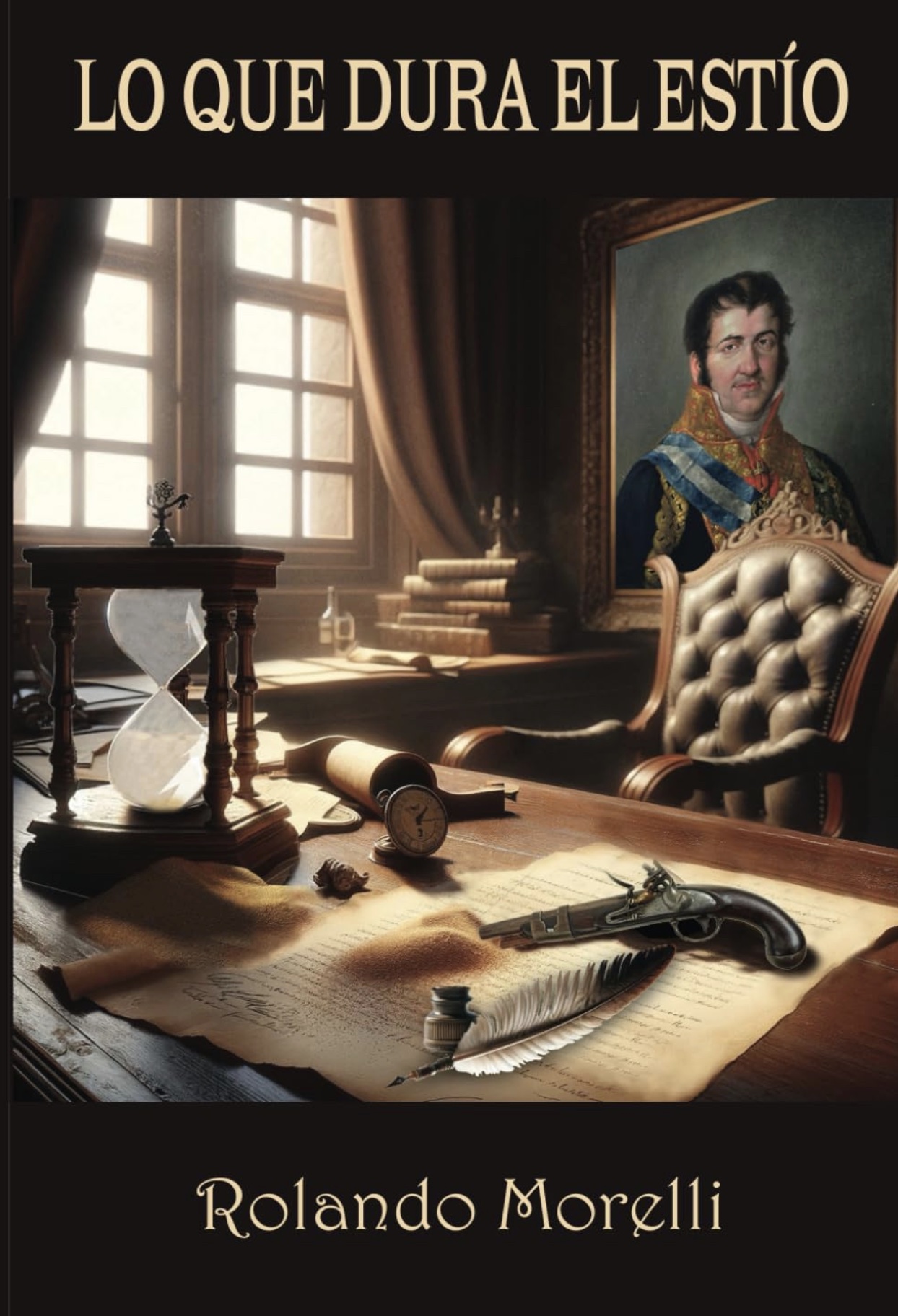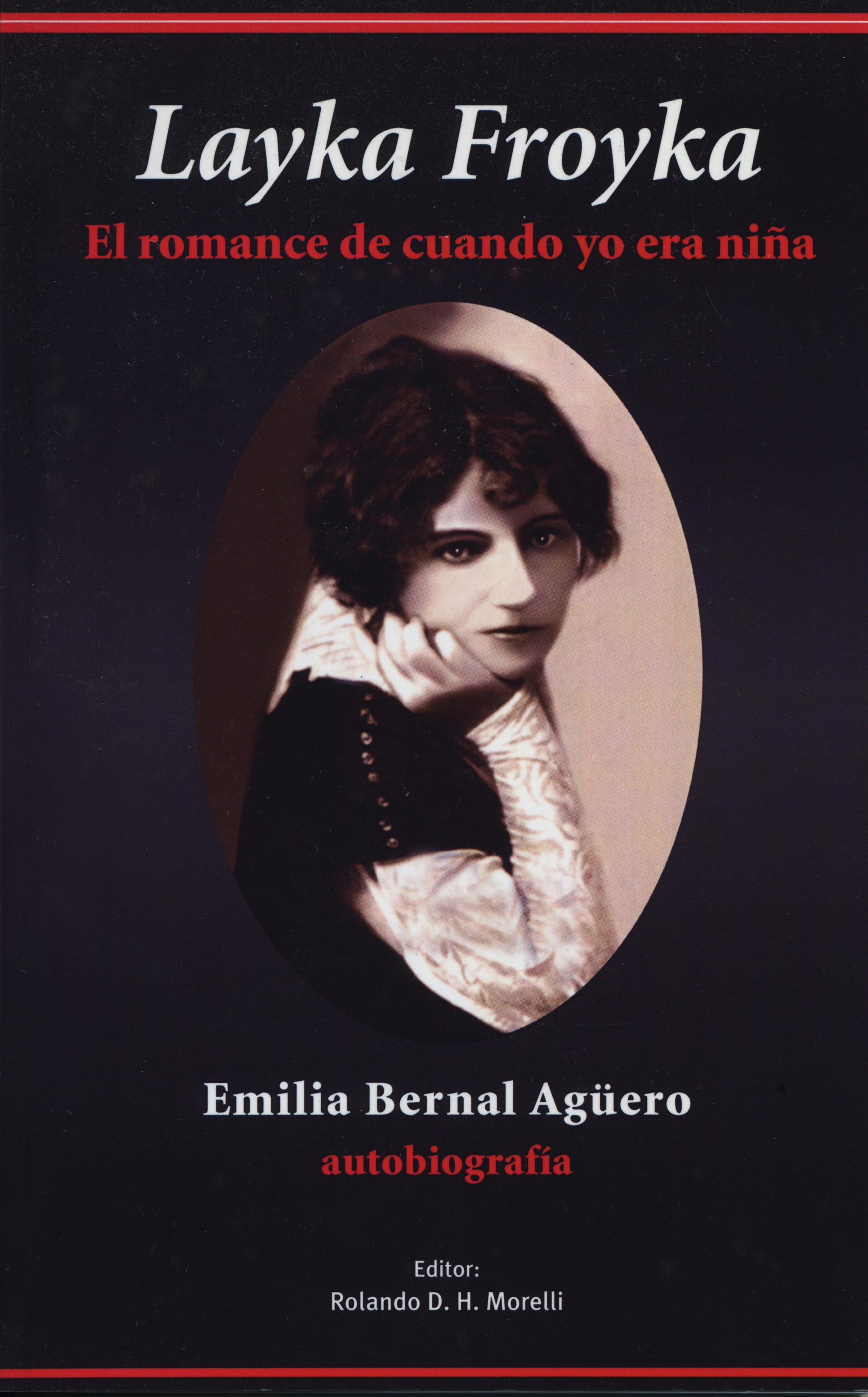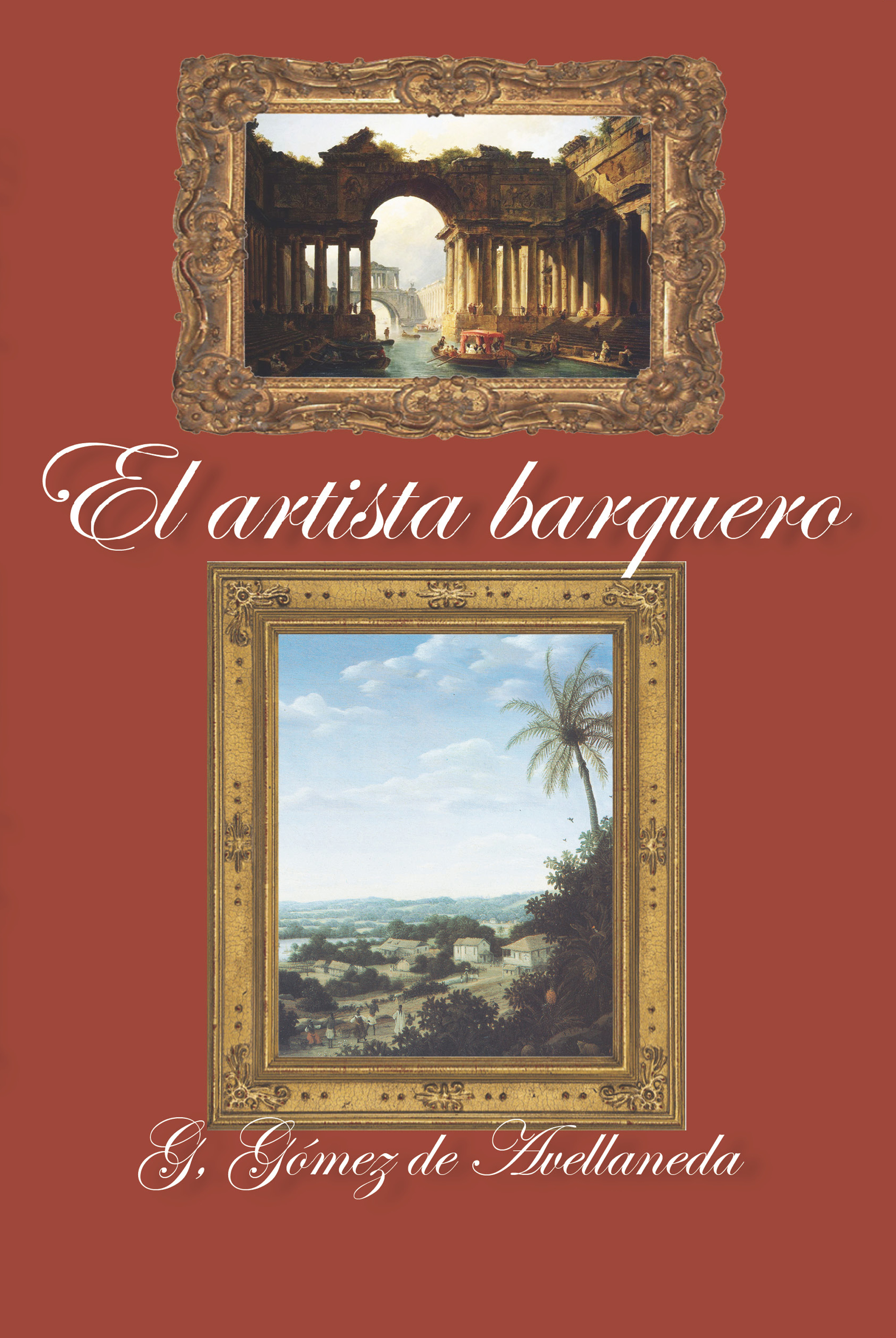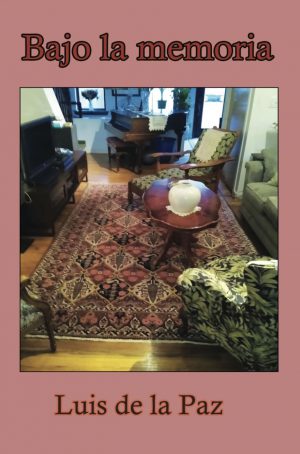Description
Novela de escenario histórico, situada, en lo geográfico, fundamentalmente en Cuba, con desplazamientos a España, (Cádiz, Madrid) y a los Estados Unidos (Nueva York, Philadelphia); en lo temporal, durante los años que van de 1820 a 1826 poco más o menos. Corresponde, en lo político, a ese momento de esperanza, expectativas y por último de desencanto y cuero y tentetieso que va de los comienzos del «trienio liberal» (con la reinstauración de la Constitución de Cádiz votada originalmente en 1812, acabado el cual volvió por las suyas el absolutismo monárquico con Fernando VII) a 1826 más o menos, cuando Varela y otros de los representantes a Cortes por la provincia cubana, han acabado por convertirse en los primeros exiliados que conocerá este país, inaugurando así una tradición política injusta y dolorosa para la isla. Codeándose con las figuras bien documentadas de Varela, Heredia, Gaspar Betancourt Cisneros y muchos otros, desfilan por las páginas de la novela muchos otros personajes de ficción, no por ello, menos memorables. Contra el trasfondo de una gran efervescencia política se perfilan personajes, que a su vez forman grupos, como los de los señores doña Amalia, don Francisco Fernández Allué, y sus hijos Verónica y Alcides, y por el otro, el grupo que integran María Úrsula, «Caramelo», Paco el Farol o el calesero Remigio, para sólo mencionar algunos de estos. Con figuras y elementos semejantes, se integra, como un rompecabezas animado de vitalidad, y advierte mejor, el entramado social, económico y político, pero también las relaciones humanas en este medio, donde la esclavitud y otros azotes no consiguen exterminar los valores y la generosidad entre los seres humanos.

A novel with a well-researched historical background, but without abandoning the parameters of fiction, brings the reader into an almost ignored time and place in Cuban history. geographically situated, mainly in Cuba, with location shifts to Spain (Cádiz, Madrid) and the United States (New York, Philadelphia), it takes place during the years 1820 to 1826 approximately. It is a period in which the political climate was one of hope and expectation but ultimately of disappointment and harsh repression, one that goes from the “liberal triennium” (with the restoration of the Constitution of Cádiz enacted in 1812, but done in by Fernando VII’s absolute monarchy in 1823) to about 1826, when Varela along with other former representatives of the Cuban province to the Spanish Parliament ended up in exile, becoming the first people of Cuba in exile, to inaugurate that islands painful tradition of political expatriation. Keeping company with veritable figures like that of Varela, José María Heredia, Gaspar Betancourt Cisneros and others, are other fictional characters no less memorable. Against the background of marked political ferment we find groups of protagonists, like the one formed by Doña Amalia Arteaga, Don Francisco Fernández Allué and their children, Verónica and Alcides, and on the other hand the one integrated by María Úrsula, “Caramelo”, Paco el Farol and coachman Remigio, just to name a few. With these characters and foundation, the sociopolitical framework of the time is skillfully conveyed, like a jigsaw puzzle animated with vitality. Also, human relations of the epoch, where slavery and other scourges failed to eliminate the values and generosity between human beings.




Reviews
There are no reviews yet.